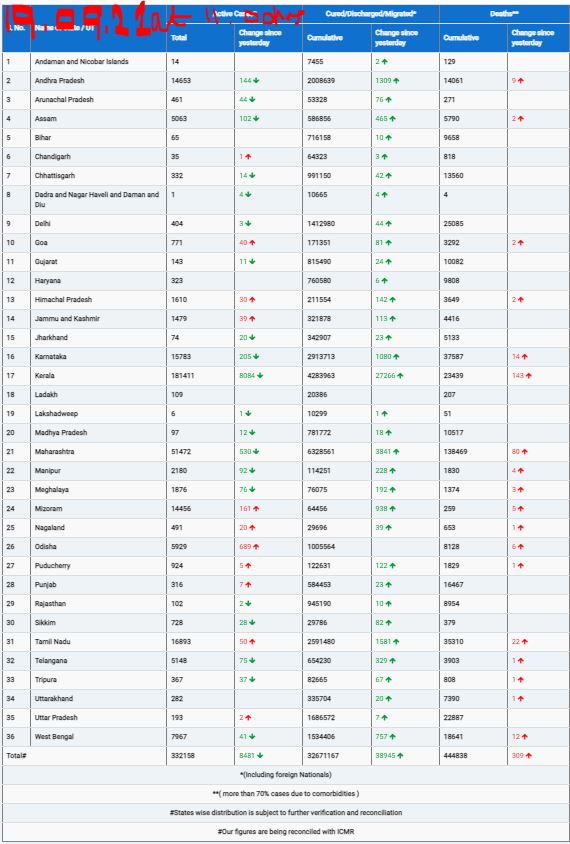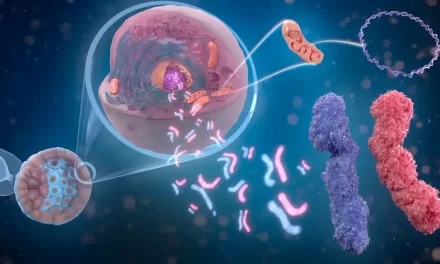New Research Published in Science Advances Sheds Light on the Impact of In-Utero Tobacco Exposure
In a groundbreaking study published in the esteemed journal Science Advances, researchers have uncovered compelling evidence highlighting the detrimental effects of early-life tobacco exposure on the aging process. The study, which delves into the association between in-utero tobacco exposure and aging-related diseases, presents critical insights into the role of environmental factors in shaping biological aging trajectories.
Understanding Biological Aging
Biological aging, a complex process marked by cellular changes over time, significantly influences an individual’s susceptibility to age-related diseases and mortality. Quantifying biological age through various biomarkers has emerged as a crucial tool for predicting health outcomes accurately. Early-life environmental exposures, particularly tobacco exposure, have long been recognized as significant contributors to adverse health outcomes in later life.
The Study Design
The research team conducted a comprehensive investigation into the impact of early-life tobacco exposure on adult biological aging, utilizing data from the UK Biobank, a large-scale population-based cohort study. The study included over 276,000 participants aged 37 to 73 years, with a particular focus on in-utero tobacco exposure and the age of smoking initiation.
Key Findings
The findings of the study revealed robust associations between early-life tobacco exposure and accelerated biological aging. Individuals with in-utero exposure exhibited significant increases in both Klemera-Doubal Biological Age (KDM-BA) and phenotypic age (PhenoAge) acceleration, along with a notable reduction in telomere length—a hallmark of cellular aging.
Moreover, the study identified a dose-response relationship between the age of smoking initiation and accelerated aging markers, with earlier commencement of smoking correlating with more pronounced biological aging effects. Notably, individuals with heightened genetic predisposition and early-life tobacco exposure demonstrated the most significant acceleration in biological aging markers.
Implications and Future Directions
The implications of these findings are profound, emphasizing the critical need to address early-life tobacco exposure as a preventive measure against accelerated biological aging and age-related diseases. The study underscores the intricate interplay between genetic susceptibility, environmental factors, and early-life exposures in shaping the trajectory of biological aging.
While the study provides valuable insights, it is not without limitations. Retrospective self-reporting and potential confounding factors pose challenges, necessitating further research to elucidate mechanistic pathways and validate these findings across diverse cohorts.
In conclusion, the study published in Science Advances sheds new light on the detrimental effects of early-life tobacco exposure on biological aging and underscores the importance of targeted interventions to promote healthy aging trajectories.












